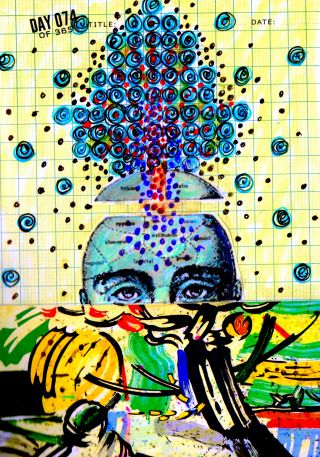 Psychothérapie dissociation trauma
Psychothérapie dissociation trauma
Smith Joanna
Date de parution : 05/10/2016
Editeur : Dunod
Collection : Psychothérapies
ISBN : 978-2-10-075410-6
EAN : 9782100754106
Nb. de pages : 264 pages
Dimensions : 19,0 cm × 24,0 cm × 0,0 cm
Résumé
Avec la sensibilisation des professionnels de santé mentale mais aussi de la justice et de l’éducation à la notion de dissociation, de nombreux professionnels cherchent à mieux en connaître les prises en charge, voire à s’y former, et de nouvelles techniques se diffusent ces dernières années en France : EMDR bien sûr, mais aussi ICV, Somatic Experiencing, thérapie sensori-motrice, thérapie des états du moi, IFS, etc.
D’autres approches développent une application dans ces indications : thérapie des schémas, hypnose, pleine conscience, notamment. Incluant une revue générale de la notion de dissociation et de ses soubassements neurobiologiques, l’objectif de ce manuel est de présenter ces différentes prises en charge de la dissociation et du trauma sous un angle théorique et clinique, chaque auteur illustrant les possibilités d’évolution des troubles dissociatifs ou post-traumatiques avec la technique décrite.
Bibliographie
Joanna Smith est psychologue clinicienne diplômée de l’École de Psychologues Praticiens (Paris) et de l’Université Paris X Nanterre, je pratique la psychothérapie et la supervision clinique.
Je suis également enseignante (École de Psychologues Praticiens et Université Paris V) et formatrice (AFAR).
Je me spécialise dans la clinique et la thérapie du trauma, de l’attachement et de la dissociation.
Je suis notamment formée à l’ICV (Intégration du Cycle de la Vie) dont je suis également superviseur et formatrice, à la relaxation (cohérence cardiaque) et à la thérapie EMDR, dont la thérapie EMDR Intégrée pour le traitement des migraines.
Mon objectif est d’aider le patient à guérir des blessures de sa vie, en particulier précoces, avec le moins de temps et de souffrance possibles, notamment par la thérapie brève (de quelques séances à 2-3 ans en moyenne). Les troubles associés à de telles blessures peuvent être : difficultés de régulation des émotions, symptômes anxio-dépressifs (attaques de panique, phobies, anxiété généralisée…), troubles de la personnalité, états de stress post-traumatiques, troubles de l’attachement…

